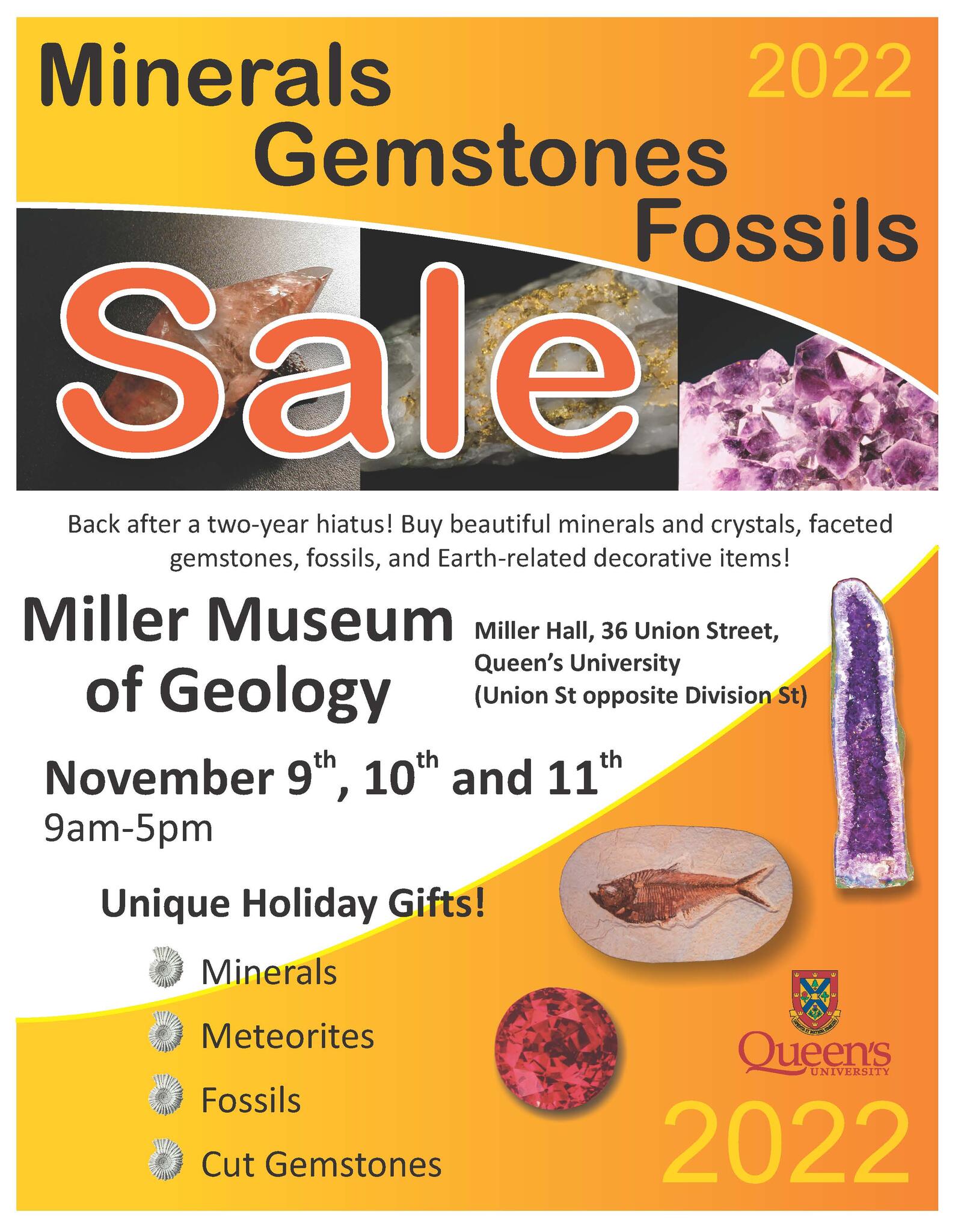Public Lecture Presented by the Canadian Exploration Geophysical Society (KEGS)
Date
Wednesday February 8, 20232:30 pm - 3:30 pm
Location
Miller Hall, Room 201Join us for a Public Lecture Presented by the Canadian Exploration Geophysical Society (KEGS)
Featuring KEGS Distinguished Lecturer, Bruce McMonnies, Lamontagne Geophysics
Talk Title: "UTEM - Its Origin, History, Development and Discoveries"
Date: Wednesday, February 8, 2023
Time: 2:30 pm - 3:30 pm
Location: Queen's University, Miller Hall, room 201
OR
Join us via Zoom:
Please email braun@queensu.ca for the Zoom link.
The event will feature three parts:
1. Presentation of the KEGS award to Queen's Students
2. A Tribute to Yves Lamontagne
3. Lecture
Abstract:
In my talk I will provide an overview of the UTEM (University of Toronto EM) system, comprising advanced geophysical instrumentation and related software operated by Lamontagne Geophysics in Kingston designed to explore for deep conductive orebodies or related targets via surface and borehole surveys, together with an appreciation of its inventor, the brilliant geophysicist Yves Lamontagne, who sadly left us last month, as distilled from my eight years working at Lamontagne. UTEM, originally developed by Yves as a PhD student at the UofT in the 1970s in collaboration with Dr. Gordon West, is unique among the diverse EM systems and devices in that it measures the step function of the earth generated by a specially designed transmitted EM waveform, rather than measuring the impulse response generated by a current square wave utilized by most time-domain EM systems.
Thanks to many improvements and innovations primarily developed by Yves in his constant quest to push the system’s capabilities, the current version (UTEM-V) can readily detect conductive targets at depths exceeding 500m in surface surveys and obtain high signal-to-noise triaxial BHEM data to depths in excess of 2000m from three transmitter loops quasi-simultaneously.
Parallel advances in software for data processing and modeling of observed EM responses now enable quantitative interpretation of complex features for both surface and borehole surveys UTEM surveys have been performed by dedicated Lamontagne crews around the world over the past 45 years, leading to many important deposit discoveries, notably at depth in the prolific Sudbury Cu-Ni camp, thereby sustaining the continuing operations of Vale, Glencore and KHGM and contributing to the economic vitality of Sudbury. Several of these UTEM case histories will be presented and discussed, providing clear confirmation of the importance of Yves’ contributions to the geophysical arsenal needed to search for ever-deeper ore deposits, as recognized by the Cecil Green award by the Society of Exploration Geophysicists and by designation as a KEGS Pioneer by the KEGS Foundation.
Hopefully, students and younger researchers will be inspired by Yves’ career to pursue efforts to further improve geophysical and related technology that is critical to the continued success of the Canadian resource sector.

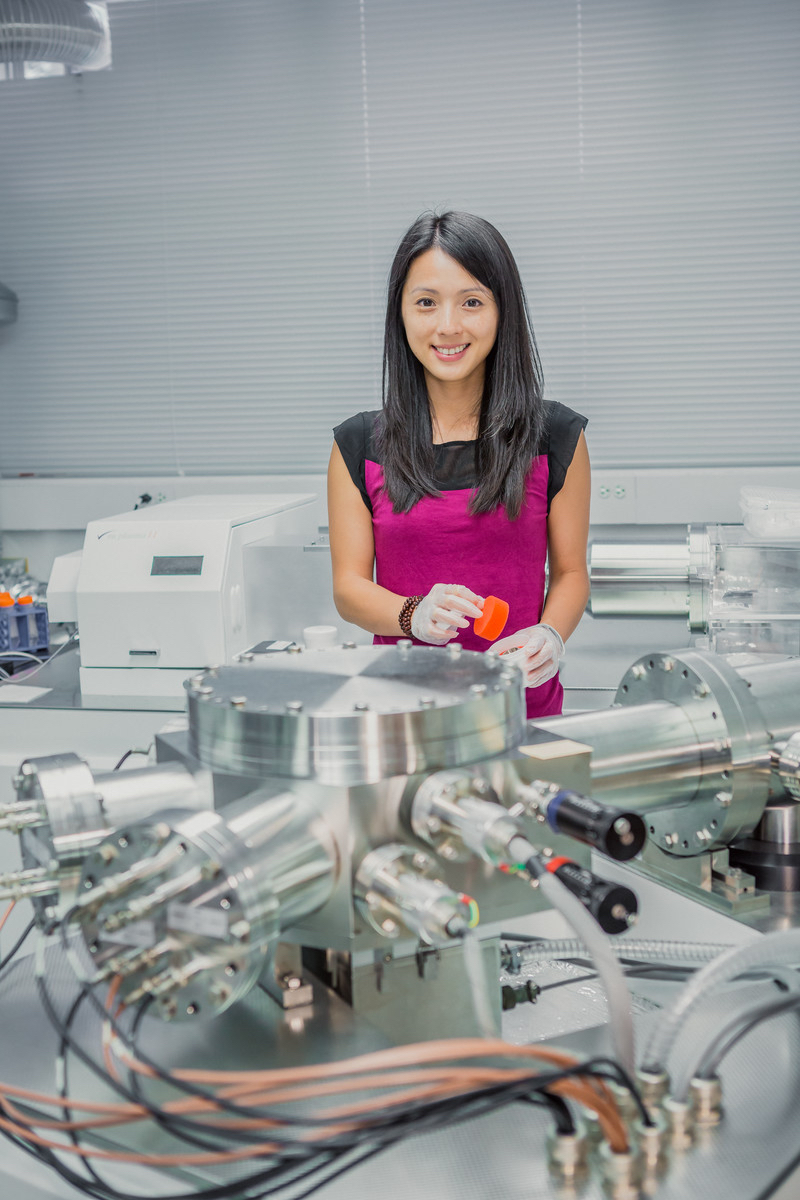
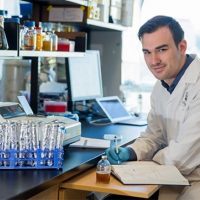
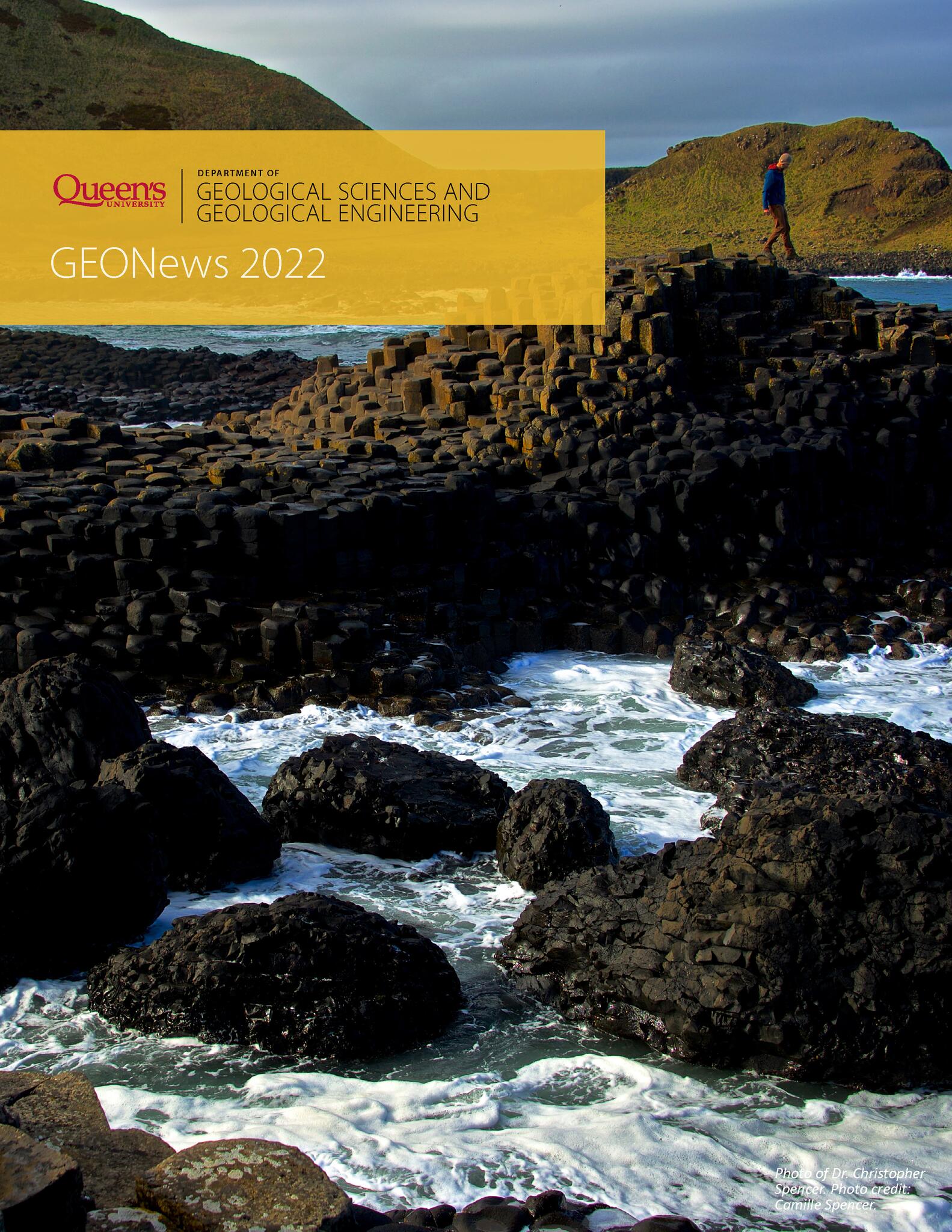
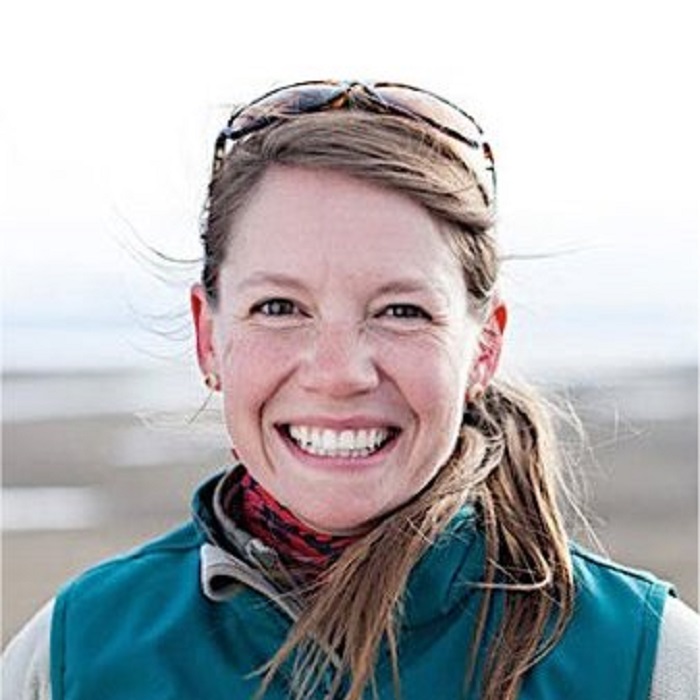
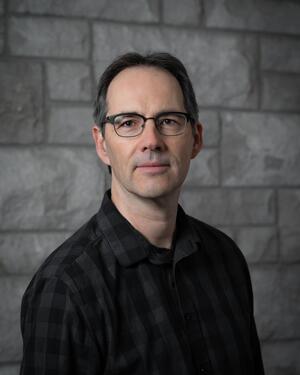 Dr. Alexander Braun
Dr. Alexander Braun